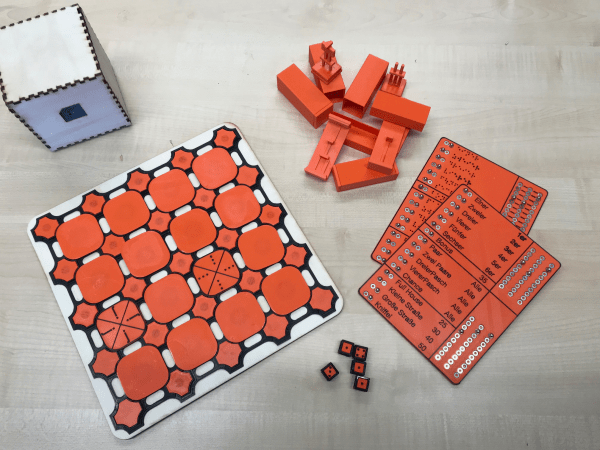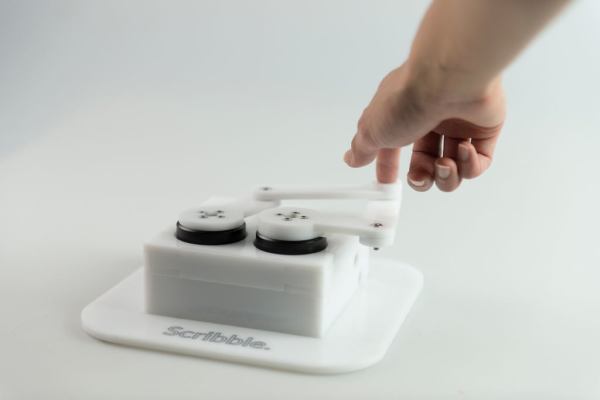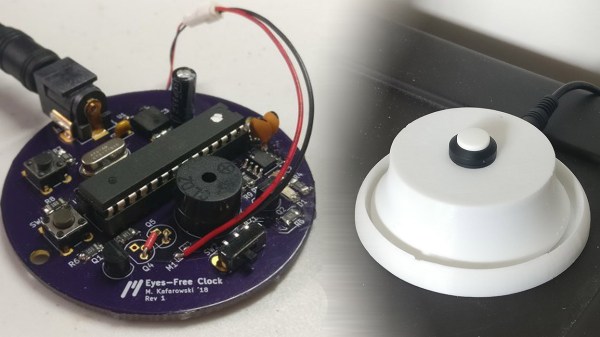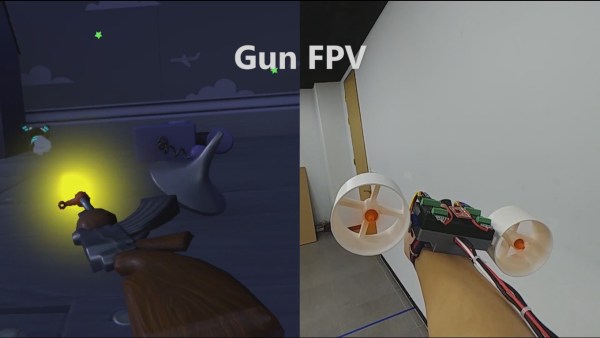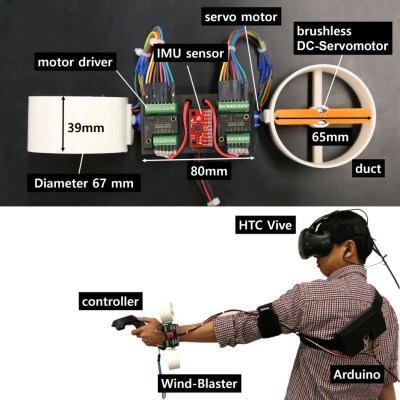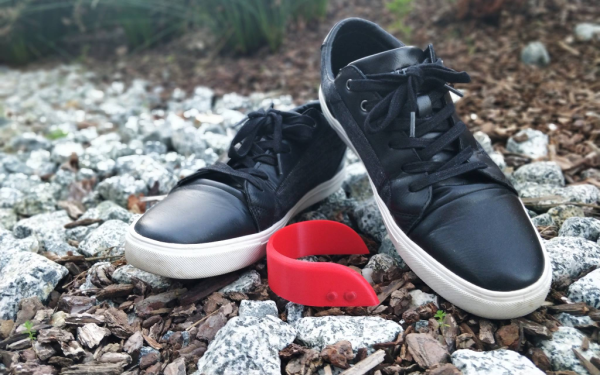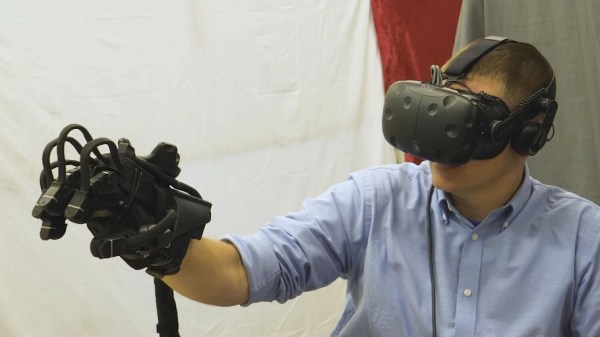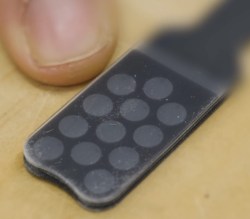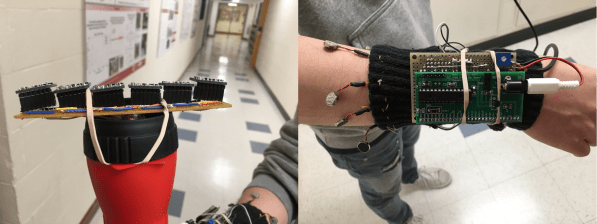No matter what your parents might say, games are good for us. They teach us to manage resources and give us dopamine rewards just like eating and mating do. Even if you’re no good at games in general, they are still a fun distraction from life.
There are so many games out there that could be enjoyed by the visually impaired, except that they rely on visuals. For example, you can play Yahtzee with nothing more than five dice, a cup, pencil and paper, and knowledge of the rules and scoring. The biggest obstacles are differentiating the dice from each other and keeping score.
One of our esteemed 2019 Hackaday Prize Top 20 Finalists is [JanThar]’s Haptic Games. [JanThar]’s growing collection of games uses 3D printing, vibration motors, and RFID to replace visual cues with sensory feedback. Yahtzee-wise, there’s a set of printed dice and scorecards. The scorecards use spherical magnets and an abacus layout. [JanThar] is also working on a Memory game to teach Braille, though it could be adapted to pure Braille for the visually impaired. Each game piece contains an RFID chip, so players can hold it up to a reader to check what they have.
Our favorite might be the PONG game that’s built on [JanThar]’s 2017 Hackaday Prize entry, the HaptiVision vest. Through the magic of a 16×8 field of vibration motors, players can track the ball’s movement across their torso and control the paddles with a sliders. There’s a brief demo of the games after the break.
Continue reading “Haptic Games Bring Fun To The Visually Impaired”

